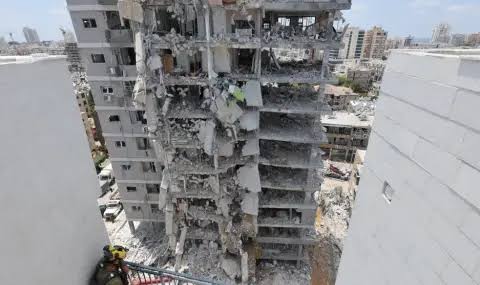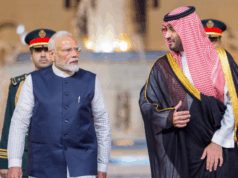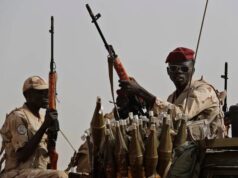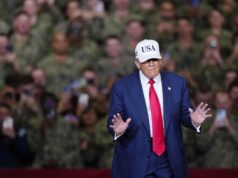50 fighter jets attacked nuclear project facilities in Tehran

The army said that as part of Operation Rising Lion, it struck over 170 targets and more than 720 military infrastructure components in less than three days
On Sunday night, 50 Israeli fighter jets attacked the facilities of the Iranian nuclear project in Tehran, the press service of the Israeli army said.
“Throughout the night, Israeli Air Force fighter jets flew over Tehran and struck infrastructure and targets of the Iranian nuclear project, under the guidance of the Intelligence Directorate,” the statement said.
“The strike targeted more than 80 objectives, including the headquarters of the Iranian Ministry of Defense, the headquarters of the nuclear project (SPND), and additional targets where the Iranian regime hid the nuclear archive.”
The army said that as part of Operation Rising Lion, it struck over 170 targets and more than 720 military infrastructure components in less than three days.
“The IDF continues to intensify the blow to the Iranian nuclear threat, targeting its heart and depriving it of critical capabilities and components for weapon production,” the statement said.
The Rising Lion operation was launched on the night of June 13 aiming to undermine Iran’s nuclear program.
The Islamic Republic retaliated in less than a day. On June 14 and on the night of June 15, Israel and Iran exchanged strikes again. Both states reported deaths and injuries as a result of these attacks, acknowledged that some objects on their territories were hit, but stated that the damage was limited.
Iran’s Mejlis (unicameral Parliament) is now considering withdrawal from the Treaty on the Non-Proliferation of Nuclear Weapons (NPT) in the wake of Israeli strikes on its nuclear facilities, said Deputy Rouhollah Izadkhah.
“The minimal necessary measure is withdrawal from the NPT. We are currently considering this issue in parliament, and even withdrawal from the IAEA,” Iranian SNN television channel quoted him as saying.
Earlier, member of the Committee on National Security and Foreign Policy of the Mejlis, Ebrahim Rezai, called on the government of the republic to withdraw from the NPT. He stressed that this document was supposed to ensure Iran’s security, “and not become the reason for its absence.”
Iran began developing its own nuclear program in the 1950s during the reign of Shah Mohammad Reza Pahlavi, with the support of the United States. In 1958, the country became a member of the International Atomic Energy Agency (IAEA), and in 1968, Tehran signed the NPT, which was ratified in 1970. After the shah was ousted in 1979 and the Islamic Republic proclaimed, the nuclear program was halted until the authorities resumed the development of nuclear technology in the late 1980s.




